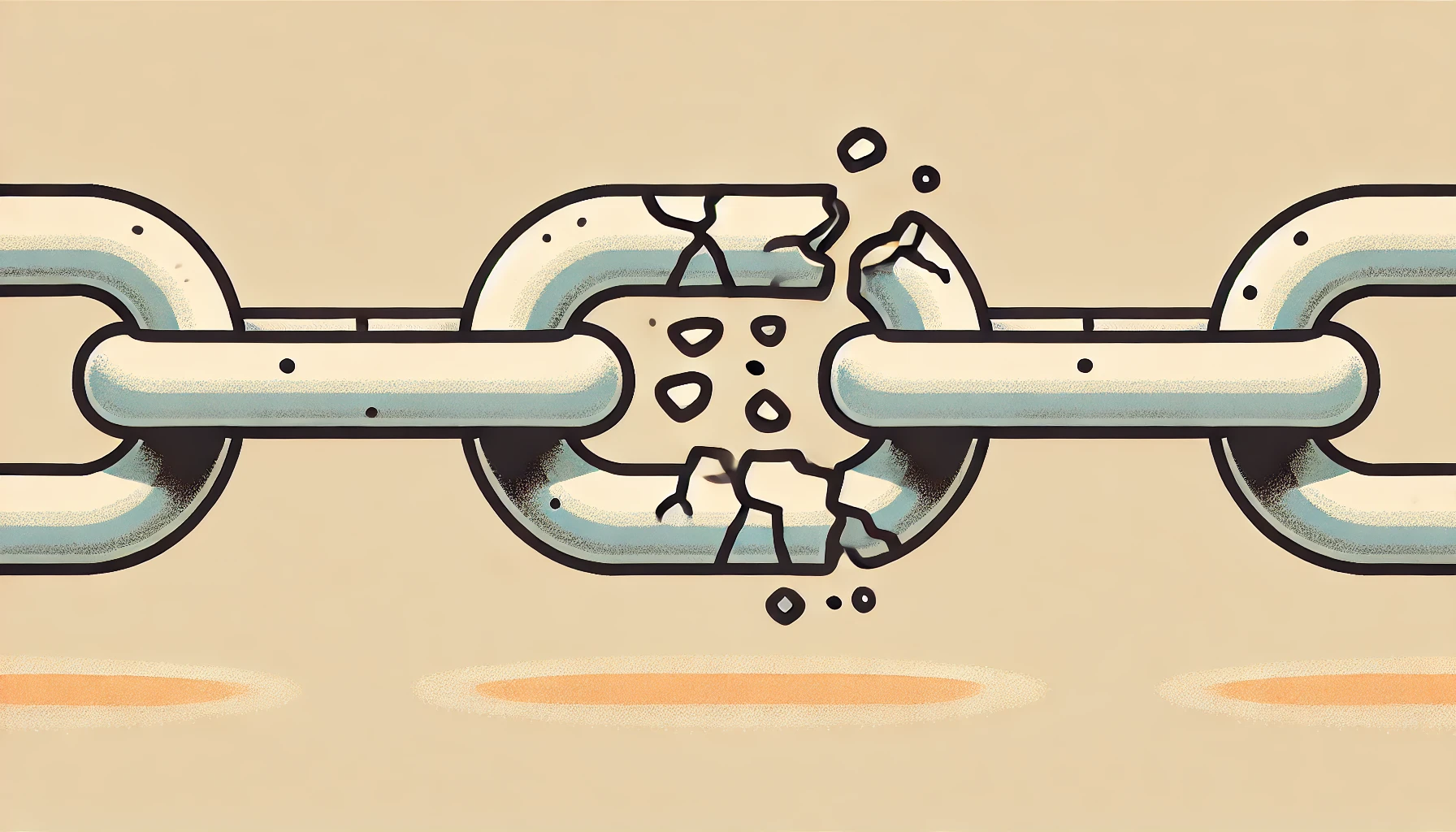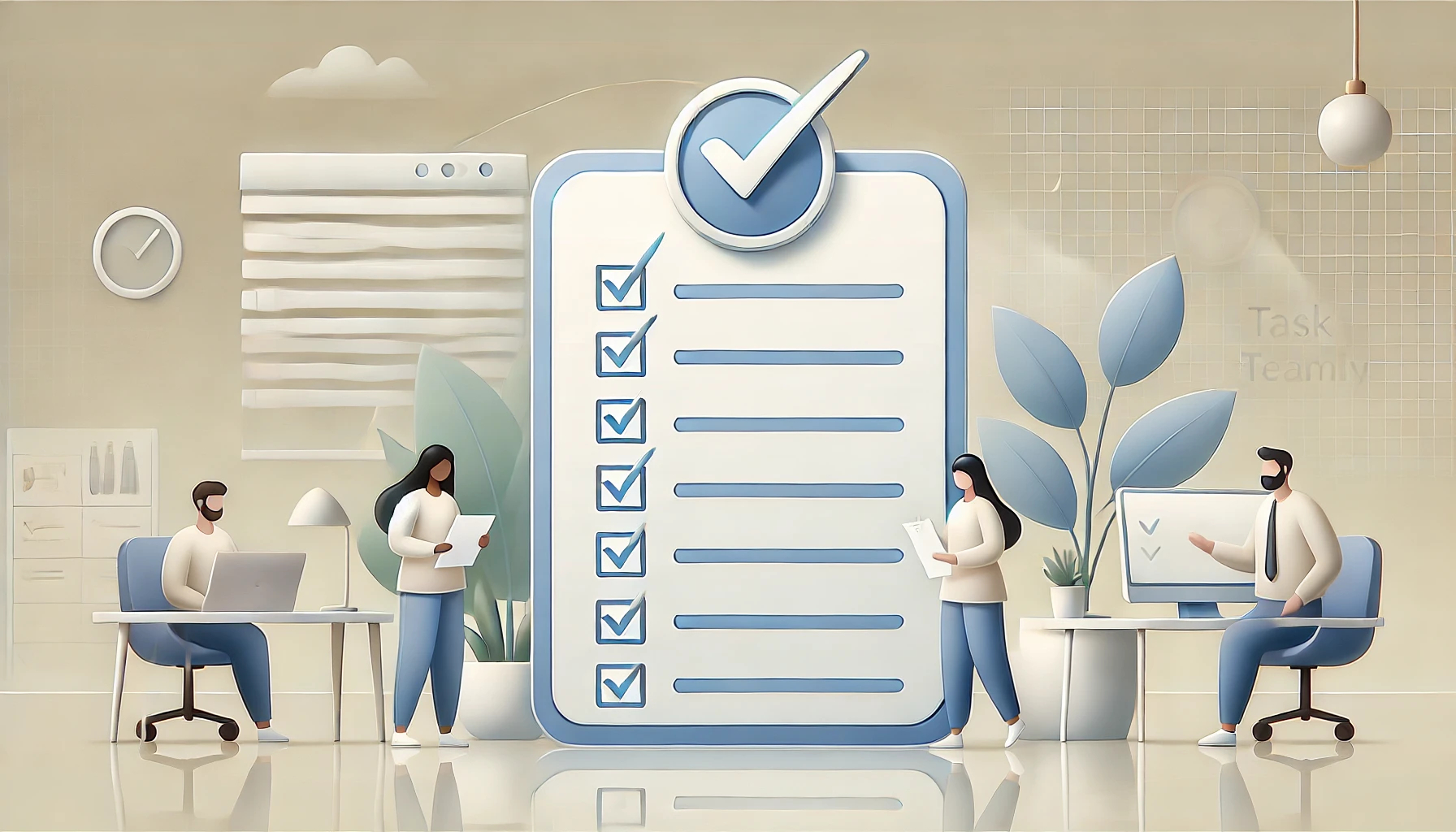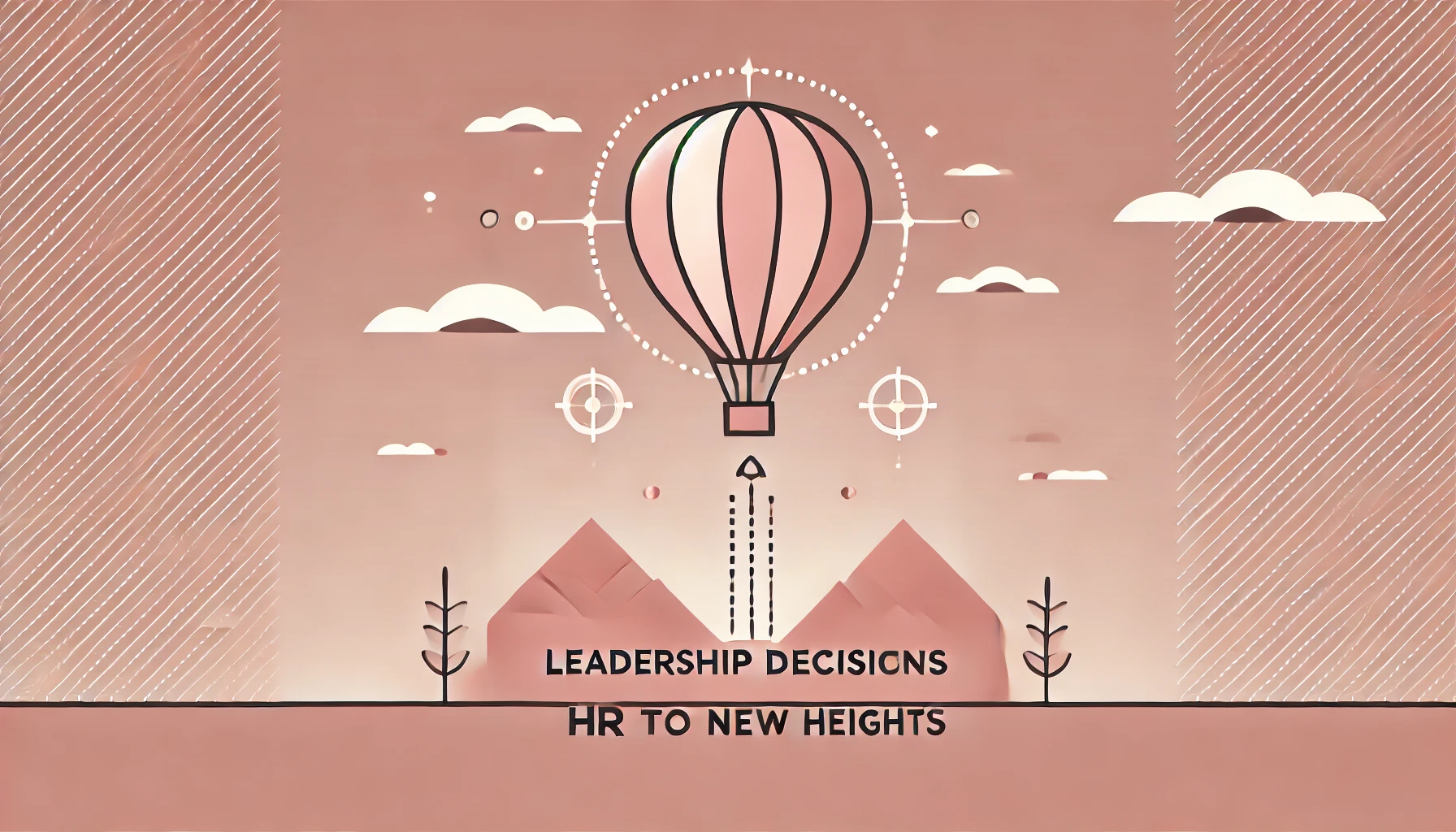James Clear’s Atomic Habits has quickly become one of the most influential books on personal development and habit formation.
If you’re looking for an actionable guide to building better habits, Chapter 3 of this book is a perfect starting point. It explains in detail how habits are formed, how they work, and how to reshape them using a simple framework.
Chapter 3 provides readers with a breakdown of the habit loop, which forms the foundation of understanding how to build and break habits effectively.

The Habit Loop Explained in Chapter 3
At the core of Chapter 3 in Atomic Habits is the concept of the habit loop. This loop consists of four key steps: cue, craving, response, and reward.
It’s an automatic process that the brain follows every time we engage in a habit. The cue triggers a craving, the craving leads to a response, and the response delivers the reward. Over time, this process becomes ingrained, allowing the habit to run on autopilot.
Everyday Examples of the Habit Loop
To illustrate the habit loop, Clear provides relatable examples in Chapter 3:
- You wake up (cue), want to feel alert (craving), drink coffee (response), and feel more awake (reward).
- You encounter stress at work (cue), want relief (craving), bite your nails (response), and experience stress relief (reward).
These examples from Chapter 3 demonstrate how quickly the habit loop operates in real life, often without conscious thought.
Once ingrained, habits dictate much of our behavior, helping us manage daily triggers and challenges with minimal mental effort.

Why We Don’t Notice Our Habits (Insights from Chapter 3)
By the time we reach adulthood, most of our actions are driven by deeply ingrained habits, as outlined in Chapter 3 of Atomic Habits. These habits form through years of repetition, often without us even realizing.
For example, many people have routines like tying the same shoe first every morning, switching on lights in the same sequence, or drinking coffee before starting work.
These behaviors are so automatic that they happen without conscious input, and this is why habits are so powerful.
The Four Laws of Behavior Change
Chapter 3 of Atomic Habits introduces the framework for building better habits and breaking bad ones through what Clear calls the Four Laws of Behavior Change.
These laws are:
- Make it obvious (for good habits) or Make it invisible (for bad habits).
- Make it attractive (for good habits) or Make it unattractive (for bad habits).
- Make it easy (for good habits) or Make it difficult (for bad habits).
- Make it satisfying (for good habits) or Make it unsatisfying (for bad habits).
This framework acts as a toolkit for creating positive changes in behavior and eliminating negative ones.
When these laws are applied effectively, habit formation becomes effortless, and breaking a bad habit becomes more manageable, as described in Chapter 3.

Applying Chapter 3’s Laws to Daily Life
The Four Laws from Chapter 3 can be applied to every aspect of life. Whether you’re trying to establish a morning routine, improve your work productivity, or adopt better financial habits, these laws provide the structure needed.
By making good habits obvious, attractive, easy, and satisfying, you’re much more likely to maintain them. Conversely, making bad habits invisible, unattractive, difficult, and unsatisfying helps to break them down over time.
Examples of Habit Shaping
Think of how Teamly software can be used to streamline productivity in the workplace. By making tasks easier and more visible, Teamly aligns perfectly with Clear’s first two laws—make it obvious and make it easy.
The software automates task tracking and collaboration, removing barriers to good work habits and making the completion of tasks more satisfying.
The Four Laws in Action: Practical Tips from Chapter 3
Clear doesn’t just stop at theory—Chapter 3 provides actionable steps to implement the Four Laws in a practical way.
Some tips include:
- For making a habit obvious, place physical cues in your environment, such as leaving running shoes by the door to encourage morning workouts.
- To make a habit attractive, combine a habit you need to do with something you enjoy, such as listening to an audiobook while exercising.
- Make habits easy by reducing the number of steps involved. For example, preparing your meals ahead of time makes it easier to eat healthy throughout the week.
- Make habits satisfying by tracking progress. A simple chart or app can provide immediate visual feedback, reinforcing positive behavior.
These tips show how small changes to the environment and mindset can lead to long-term habit success, all outlined clearly in Chapter 3.

Understanding the Feedback Loop: Chapter 3’s Key Insight
The Four Laws of Behavior Change tie into the feedback loop of habit formation, discussed extensively in Chapter 3.
Habits are formed and maintained through feedback—whether it’s a positive or negative result. The brain scans for cues and responds based on prior feedback, which helps us predict and act on future habits.
The loop continually refines and strengthens behaviors based on rewards received.
Breaking Down Bad Habits
One of the best takeaways from Chapter 3 of Atomic Habits is that bad habits are simply behaviors reinforced by their own feedback loop. To break a bad habit, invert the Four Laws:
- Make it invisible by removing cues from the environment.
- Make it unattractive by re-framing the habit in your mind as something undesirable.
- Make it difficult by adding steps or obstacles that prevent the habit from being performed easily.
- Make it unsatisfying by introducing consequences or negative feedback when the bad habit occurs.
Using these inversions effectively dismantles bad habits and breaks the reinforcement cycle, as explained in Chapter 3.

Why Chapter 3 of Atomic Habits is a Must-Read
Atomic Habits isn’t just about behavior change theory—it’s a practical guide to better living. Chapter 3 lays the groundwork for personal and professional growth, showing how habits are formed and how they can be reshaped using the Four Laws of Behavior Change.
Whether the goal is to improve performance at work or build a healthier lifestyle, Clear’s methods help individuals create systems where success becomes the default outcome.
Building habits and eliminating bad ones takes time, but with Clear’s advice from Chapter 3, that process becomes clearer and more manageable.
For businesses, teams, and individuals, Atomic Habits is an invaluable resource for those committed to lasting change. For readers looking to dive deeper into this framework, you can purchase the book directly through this link.























































